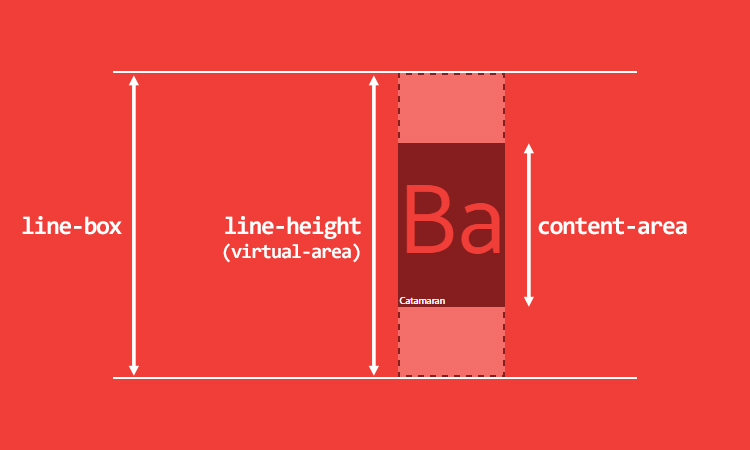

But they couldn't escape scent.Īnd scent entered into their very core, went directly to their hearts, and decided for good and all between affection and contempt, disgust and lust, love and hate. If you want to fit the text into some width, then maybe try several font sizes. While inheritance makes things easy for us, things wouldn. Adding inherit will inherit the parent font-family, whether its own font-family exists or not (i.e the font-family you declared. The same applies to color styles, which when applied to a parent element will be applied to the children of that parent unless a different color style gets applied to the children elements. Users change font size settings for all kinds of reasons, from poor.
(But before you do this, please have a look at my article about the, ,, and tags over at my HTML5 tutorial!) įor people could close their eyes to greatness, to horrors, to beauty, and their ears to melodies or deceiving words. By default, if the text within a table cell does not fit within the cell. And it’s helpful, as we don’t have to repeat the same font style for the divs and headings. The browser element default font size is 16px, but browsers have an option.This comes in handy if you use a font-family with three or more weights.īelow is an example of how you could use the 'bolder' value to emphasize sentences visually. What is the difference between font-weight:bold and font-weight:bolder you might ask? The 'bolder' and 'lighter' values select font weights that are relative to the inherited (parent) font weight where as the 'bold' value simply change the font's weight to bold. The difference between font-weight:bold and font-weight:bolder not all) of the CSS properties (such as color, font) are inherited by its.
If you want to have the opportunity to use more weights, you should have a look at GoogleFonts as a part of their fonts have 3-4 different weights. Thestandalone element (Line 9), which does not enclose text content.
The value '400' equals normal and the value '700' equals bold.įurthermore, most browsers does not render the font-weight correctly and only differentiate between normal and bold - have a look at the following example and you can see the problem for yourself To travel is to live - H. You can override this by adding the following declaration: font-family: inherit to these elements that do not inherit properties by default.
But you should be aware that most webfonts do not have more than two or three weights, and weight such as 'light' or 'semi-bold' is rare. This means if you set the font-family: Helvetica in the root as shown in the example above, the font in the will not inherit this style, they will take the browser default font family.Here is an example - I've used classes to style the two paragraphs differently but you could just as well have used inline style Īs you can see, there is a difference between the two sentences. 900: Ultra-black, Extra-black, Ultra-bold, Heavy-black, Fat, Poster.Read about initial: inherit: Inherits this property from its parent element.

#WHAT ARE ALL THE ELEMENTS THAT DONT INHERIT FONT CODE#
Setting the font property on the body element. When the code opens up in Firefox the fonts are not the same.
Let's have a look at the easy-to-understand part - the numerical scale consisting of the numbers 100-900. The body element in our HTML is the parent of all of our other HTML elements (excluding the section).The font-weight property defines how bold you text are and there are a lot of possible values normal, bold, bolder, lighter, 100, 200, 300, 400, 500, 600, 700, 800, 900, and inherit. When writing CSS, these characteristics are spread over several properties and this is why I have grouped them together into a single chapter.

Word you definitely know of the opportunity to use bold, italics and underlined text.


 0 kommentar(er)
0 kommentar(er)
